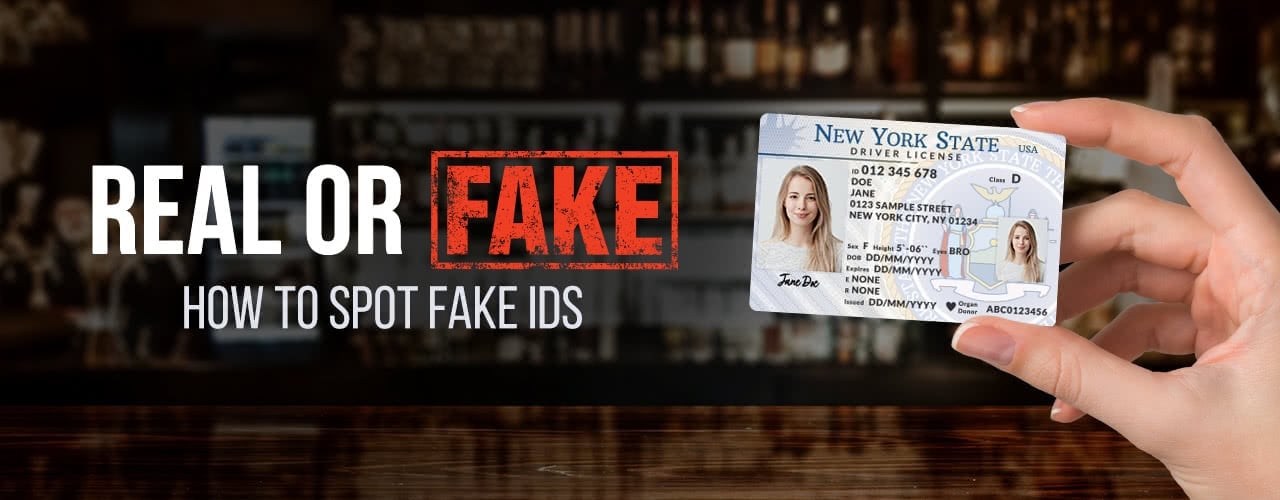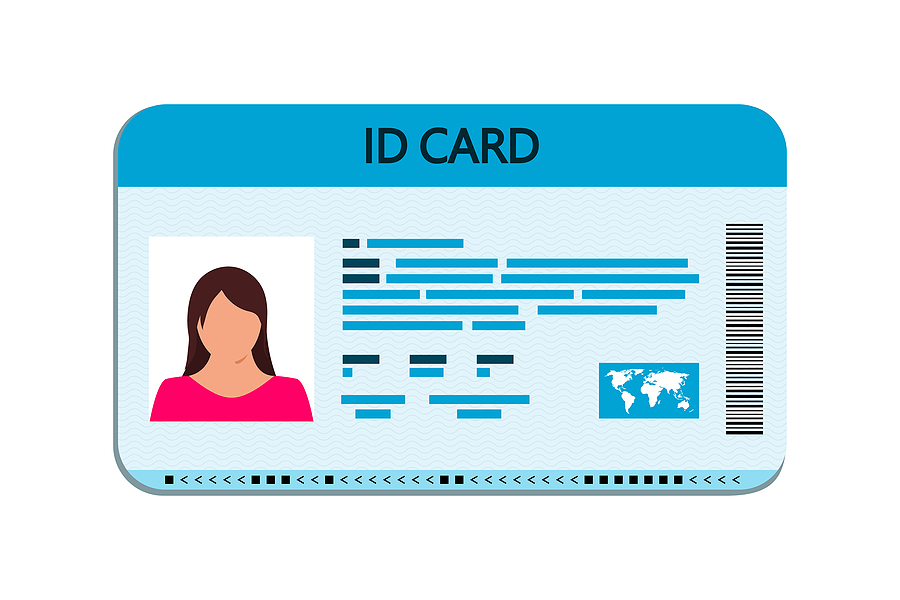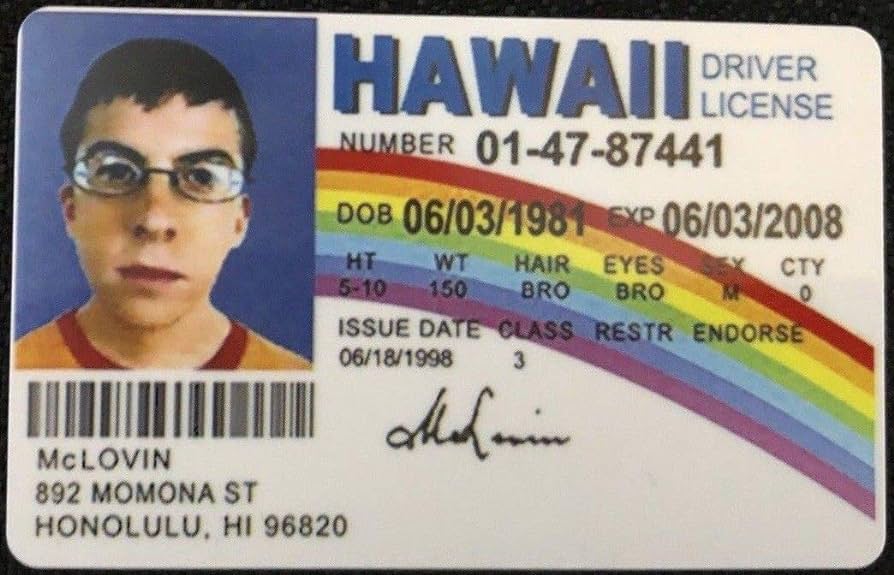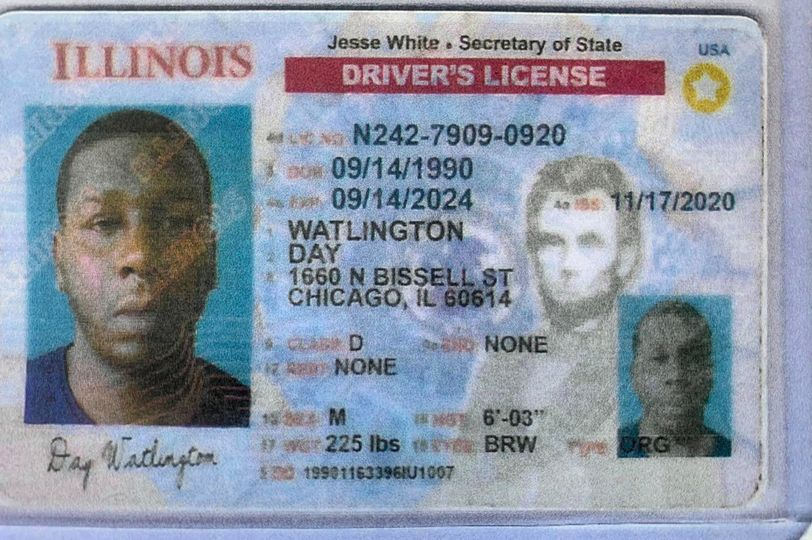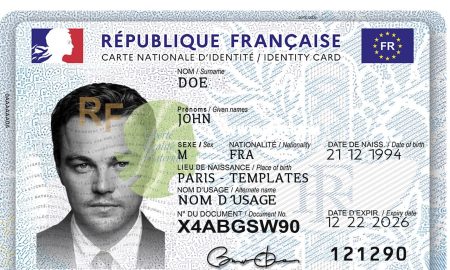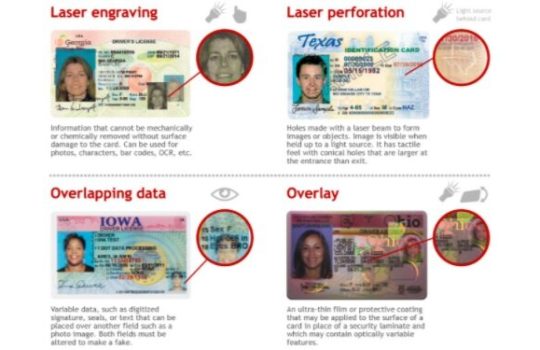Fake Card Id
2024-01-17 2024-01-17 15:51Fake Card Id

Fake Card Id
France Fake Id Card Scannable V2
Georgia Fake Id Card Scannable
Malaysia Fake Driver License
Usa Fake Passport
Title: The Growing Concerns Surrounding Fake Card IDs
Introduction:
As society becomes increasingly digitized, fraudulent activities and identity theft have become more prevalent. One concerning issue is the rise of fake card IDs, which pose significant risks to individuals and organizations alike. This article delves into the extent of this problem, various consequences, and potential preventive measures.
1. The Scope of Fake Card IDs:
The availability of advanced digital technologies and easily accessible materials has made it easier for fraudsters to create fake card IDs. These counterfeit documents resemble genuine identification cards in appearance, often possessing counterfeit holograms, security threads, and other security features. Criminals exploit these fake IDs for purposes such as identity fraud, illegal immigration, bank fraud, and even terrorist activities.
2. Consequences and Risks:
2.1 Identity Theft and Financial Fraud:
Fake card IDs enable identity thieves to assume someone else’s identity, leading to severe financial losses for individuals and institutions. Fraudsters can open new bank accounts, apply for loans, make fraudulent purchases, and commit various other financial crimes.
2.2 Illegal Immigration:
With fake identification documents, unauthorized individuals can attempt to bypass immigration systems, posing risks to national security and straining public resources. Border control authorities face immense challenges in detecting these counterfeit IDs, thus enabling illegal immigrants to access opportunities they are not entitled to.
2.3 Terrorism and National Security:
Terrorist groups often employ fake card IDs to facilitate their activities. Such IDs allow them to move unnoticed, access restricted areas, and conduct illegal operations. This poses significant national security threats that can have devastating consequences.
3. Factors Contributing to the Proliferation of Fake Card IDs:
3.1 Advancements in Technology:
Technological advancements have made the process of creating fake IDs more accessible and sophisticated. High-quality printers, imitable holograms, and advanced graphic design software contribute to the overall authenticity of these counterfeit documents.
3.2 Inadequate Security Measures:
Some genuine identification documents lack robust security features, making it easier for fraudsters to replicate them. Additionally, security checks at various institutions may be insufficient, allowing individuals to exploit the loopholes in the system.
3.3 Online Availability:
The digital realm has facilitated the availability of fake card IDs through online marketplaces and forums. These platforms offer fake identification services, allowing criminals to order cards that closely resemble genuine documents.
4. Combating the Fake Card ID Problem:
4.1 Enhanced Security Features:
Authorities need to keep pace with evolving technology by incorporating highly secure features in identification cards. Advanced holographic elements, biometric data integration, and tamper-proof materials serve as efficient deterrents against counterfeiters.
4.2 Improved Verification Processes:
Institutions such as banks, universities, and employers should enhance their verification processes to detect fake card IDs. The use of advanced document scanners, facial recognition technology, and database cross-referencing can help identify fraudulent documents accurately.
4.3 Public Awareness and Education:
Educating the public about the dangers posed by fake card IDs and the signs of fraudulent documents is crucial. Campaigns on social media, at educational institutions, and public service announcements can equip individuals with the knowledge to identify and report such counterfeits.
4.4 Cooperation Amongst Institutions:
Collaboration between government agencies, law enforcement, and financial institutions is vital to combat the issue effectively. Sharing intelligence, updating security protocols, and establishing centralized databases can help expose and prevent the use of fake ID cards.
Conclusion:
The prevalence of fake card IDs is a grave concern that demands immediate attention from individuals, organizations, and governments worldwide. Recognizing the risks and consequences associated with these counterfeit documents must be the first step towards implementing robust preventive measures. By enhancing security features, improving verification processes, increasing public awareness, and fostering collaboration, we can effectively combat the rampant growth of fake card IDs and safeguard the security of our societies.